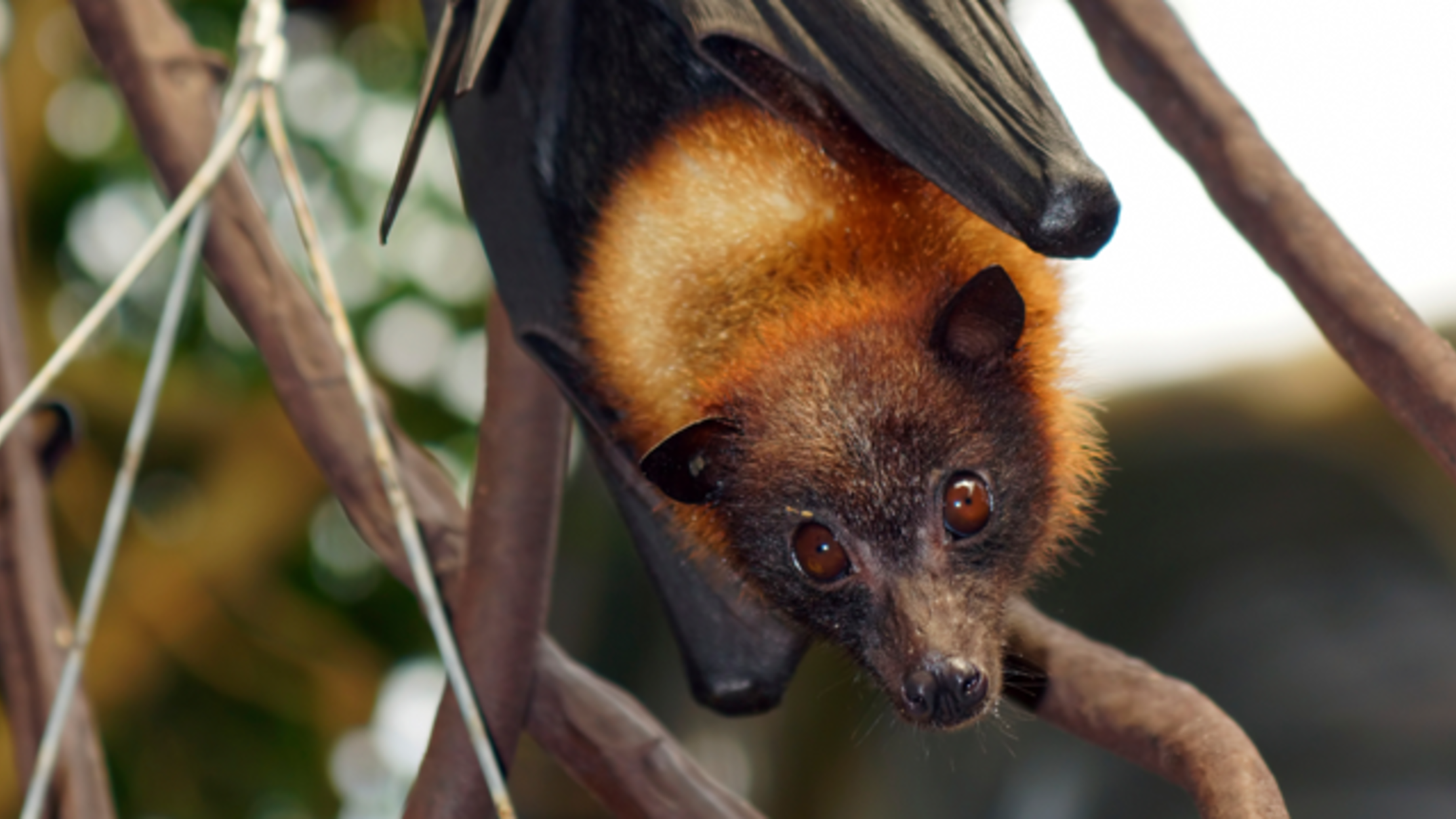Flying foxes are a traditional delicacy with the resident Chamorro culture of the Marianas. A fox is a mammal.
9 Fantastic Facts About Flying Foxes Mental Floss
The risk of being killed in a plane crash for the average American is 1 in 11 million.

10 facts about flying foxes. Some camps have been. Grey-headed flying foxes exhibit strong social habits. Flying foxes have the capability to spread seeds beyond the forest fragments through flight.
Like many native animals flying foxes greatest threat is habitat loss. Fun Facts about Foxes for Kids. In a single night of foraging these industrious animals can cover up to 30 kilometres.
Flying foxes pollinate a variety of plants including the economically valuable durian. In Tonga flying foxes are considered sacred. Foxes have exceptional hearing.
Flying foxes primarily migrate along the East coast of Australia moving in large groups called camps or colonies as native food comes into season. A male fox is called a Dog Fox Females are Vixens and babies are Cubs or Pups. These ears help them hear rodents scurrying about.
To date no cost-effective reliable method has been found to achieve camp relocation with many merely disturbing and stressing the bats. Flying foxes eat fruit and other plant matter and occasionally consume insects as well. Flying-foxes are ÒdirtyÓ Flying-foxes have exemplary hygiene and spend hours grooming so they are usually very clean.
The reason why airplane food tastes really bad is that the environment on an airplane changes the way a food or drink tastes. Flying foxes consume 25-35 of their body weight daily. These nocturnal animals form large roosts known as colonies by day typically in exposed tree branches.
About 1 in 5 people have some form of fear of flying or aviophobia. They may smell strong due to chemical signals they use. Meaning a species that many other species of plants and.
They forage on its nectar in such a way that the flowers and eventual fruit production are not. Microsorum pteropus is a water fern which should be grown on a root or stone attached with fishing line until it has gained a hold. Foxes have large triangular ears.
10 Facts about Flying Foxes. They fly by night in search of food and return to the same trees each day to rest and chatter with their colony-mates. Dipping their heads into flowering plants they use their.
Flying foxes are featured in indigenous cultures and traditions. Their diet The Little Red and the Grey Headed Flying Foxes are known to visit our region from time to time very little is known about the movements of flying foxes research so far indicates that they come when there is an abundant. These unique animals help regenerate our forests and keep ecosystems healthy through pollination and seed dispersal.
Roosting colonies of flying foxes known as camps may contain several thousand individuals. They are particularly important in fragmented forests as many other frugivores are terrestrial and often confined to forest fragments. A folklore Dreamtime story from the New South Wales North Coast in Australia features an impatient flying fox wanting the Great Spirit to teach him how to be a bird only to be hung upside down on a branch.
Flying foxes are intelligent and remarkable. A single colony of these bats may consist of up to tens of thousands of animals. Relocation of flying-fox camps There are sometimes calls for camps to be relocated and occasionally efforts are undertaken to disturb camps in an attempt to chase flying-foxes off.
They are a migratory and nomadic keystone species. Facts about the genus Pteropus the flying foxes. They come out of these roosts at dusk to forage travelling as long as 5 km to their feeding areas.
Camps can be found in a range of vegetation types usually close to water in an area with a dense understorey. They probably donÕt much like many human smells MYTHS Flying Foxes Fruit Crops FACTS FABLES. Crops eaten by flying foxes include sisal cashew pineapple areca breadfruit jackfruit neem papaya citrus fig mango banana avocado guava sugar cane tamarind grapes eucalypt blossoms and more.
Foxes live in dens in the ground or old trees. They generally congregate in camps made up of large numbers of individuals but some also roost singly or in small groups. Males secrete a musk-like chemical to mark their breeding territories.
They were also featured in aboriginal cave art as evinced by several surviving examples. Flying-foxes are large bats that feed on plant products such as fruit flowers pollen and nectar. All species of Flying Fox are protected by Australian law however the Grey Headed Flying Fox and the Spectacled Flying Fox are listed as threatened species.
Flying Fox Facts Little Aussie Battlers
Flying Fox Size Diet Facts Britannica
17 Amaze Wing Facts About The Indian Flying Fox For Kids